Learn Dutch driving theory through clear lessons, simple rule explanations, and a complete library of road signs in English. Every topic is organised for real learners in Netherlands, covering priority rules, speed limits, intersections, and safe driving behaviour. Search any subject or follow the learning path to understand everything with clarity.
This platform helps new and future drivers in Netherlands study the Dutch driving theory through clear lessons and organised units. All content is focused on real world traffic situations and the rules that learners must understand before taking an official driving theory test in the Netherlands. You will find clear guidance, detailed explanations, and reliable interpretations of traffic rules, signs, behaviour, and safe driving principles.
Discover the key tools that help you learn the Dutch driving theory with clarity. Each feature supports real learners in Netherlands with structured guidance, complete road sign information, simple rule explanations, and fast access to every topic. Everything is designed to help you understand the official driving theory requirements in the Netherlands quickly and confidently.
Bento Grid
Study every required topic through organised units and lessons designed for learners in the Netherlands. Each curriculum provides a clear path through Dutch traffic rules, safe driving behaviour, essential concepts, and all sign categories important for future drivers.
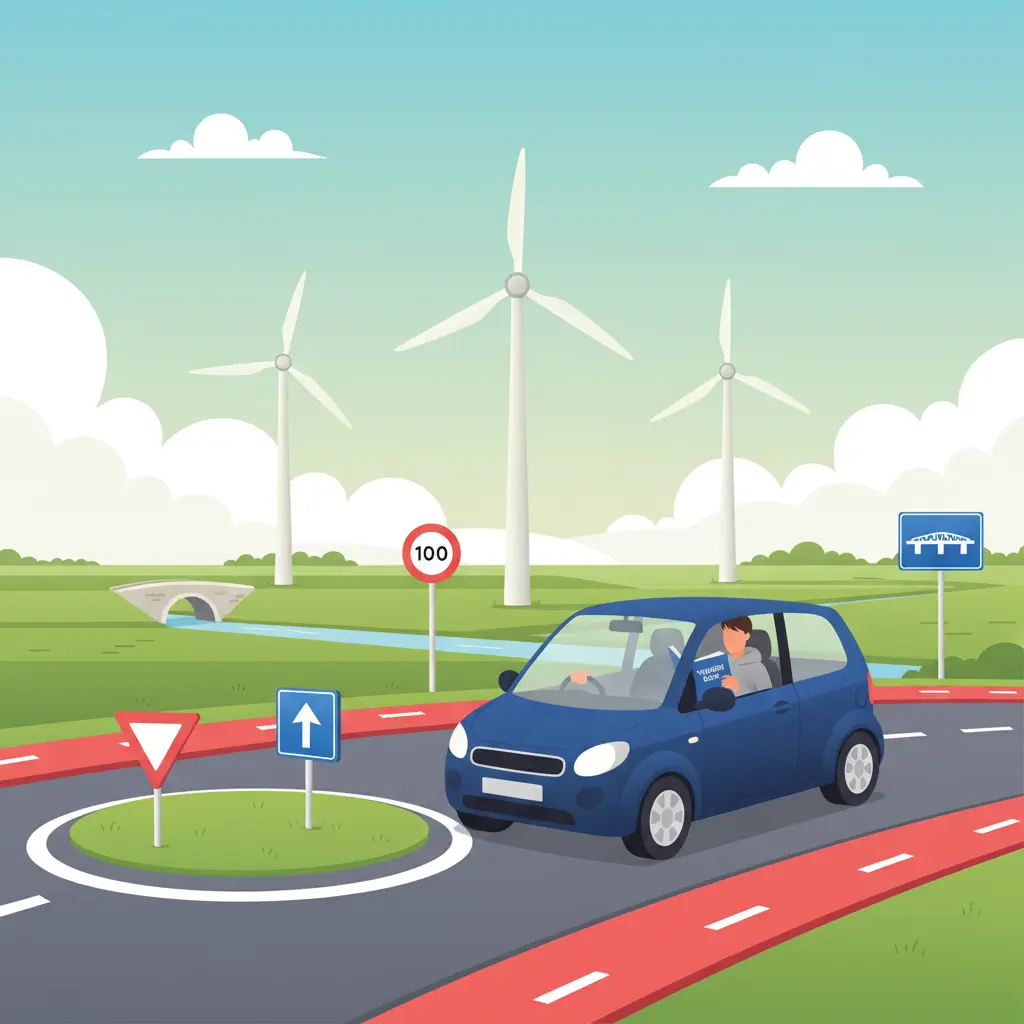
Prepare effectively for the Dutch Category B (car) driving theory test with this structured curriculum. This course provides in-depth knowledge of all essential topics, including traffic regulations, road signs, right-of-way rules, and safe driving practices in the Netherlands. You will learn to interpret complex traffic situations, understand vehicle requirements, and recognize the responsibilities of a safe driver, ensuring you are fully equipped to succeed in your CBR theory exam and drive safely on Dutch roads.
Start with the most essential Dutch driving theory topics, including priority rules, speed regulations, following distances, traffic behaviour, road signs, and common learning difficulties. These units help you build a strong foundation for understanding how driving works in Netherlands.
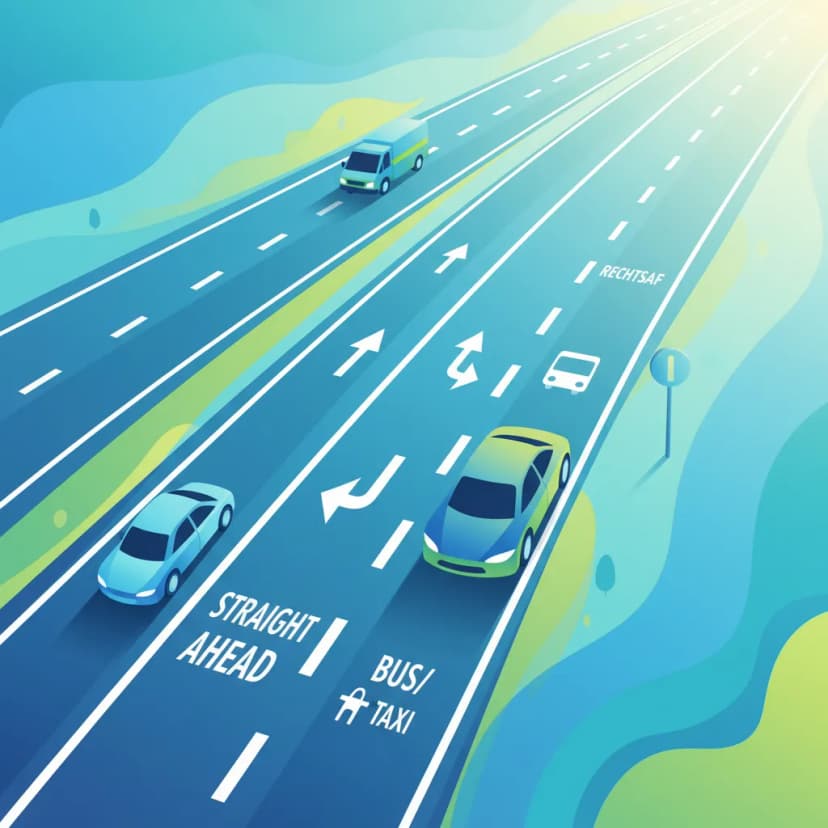
This unit focuses on 'plaats op de weg,' the Dutch principle of correct road positioning. You will learn the fundamental rule of keeping to the right as much as possible, as well as the proper procedures for changing lanes, overtaking, and merging. The lessons cover how to position your vehicle when turning (pre-sorting), the rules for using special lanes like bus and rush-hour lanes, and maintaining a safe position within your lane. Proper positioning is essential for traffic flow, safety, and clear communication with other drivers.
Dutch Driving Theory B
This unit explores the specific rules and driving procedures for various elements of the Dutch road network. You will learn to distinguish between an 'autosnelweg' and an 'autoweg' and understand the different regulations that apply to each. The lessons cover how to navigate features like tunnels, bridges, and level crossings safely. Additionally, the unit explains the meaning of electronic matrix signs above the road and the rules for special lanes such as the 'spitsstrook' (rush-hour lane).
Dutch Driving Theory B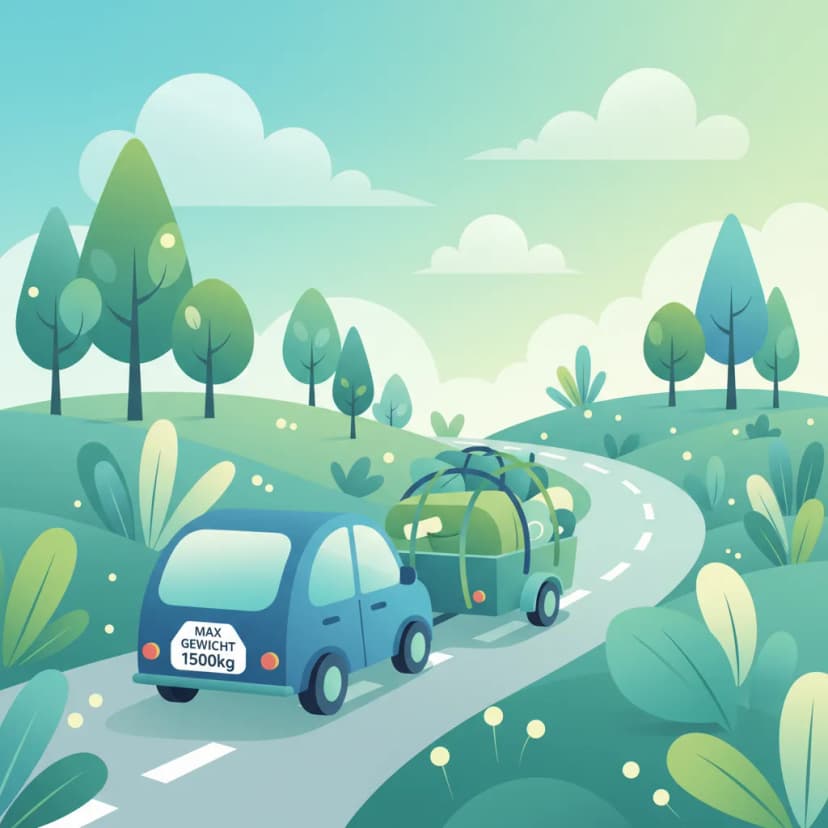
This unit provides essential information for drivers who need to tow a trailer or caravan. You will learn the specific rules for what you can tow with a standard Category B car license, which depends on the weight of the trailer and the towing vehicle. The lessons cover legal requirements such as breakaway cables and functioning trailer lights. Additionally, the unit addresses the practical aspects of driving with a trailer, including the importance of properly securing loads and adjusting driving style to account for the increased length and weight.
Dutch Driving Theory B
This final unit prepares you for the unexpected by outlining the correct procedures for handling emergencies on the road. You will learn the steps to take if your vehicle breaks down, including how to safely stop on the hard shoulder and make yourself visible to other traffic. The lessons cover the actions required at the scene of an accident, from securing the area and calling emergency services to administering basic first aid. Understanding these protocols is crucial for ensuring your own safety and helping others in a time of crisis.
Dutch Driving Theory B
This unit covers the regulations and best practices for using vehicle lights to ensure you can see and be seen. You will learn when to use different types of lights, such as dipped beams, main beams, and fog lights, based on visibility and time of day. The curriculum also provides essential guidance for driving safely in challenging weather conditions like heavy rain, dense fog, and snow. Proper use of lighting and adapting to poor visibility are fundamental aspects of road safety.
Dutch Driving Theory B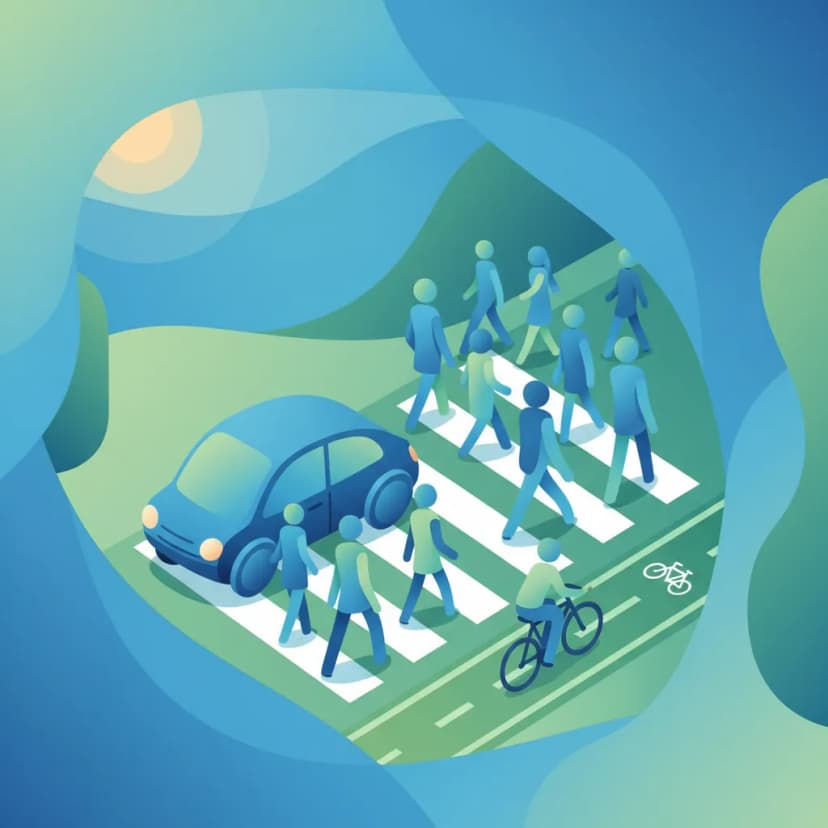
This unit is dedicated to the interactions between car drivers and more vulnerable road users. Dutch roads have a high volume of cyclists and pedestrians, and ensuring their safety is a primary responsibility of every driver. You will learn the specific rules and best practices for dealing with pedestrians at crossings, cyclists in dedicated lanes and on the road, and children or elderly people who may behave unpredictably. The core theme is exercising increased caution and anticipating the actions of those more at risk in traffic.
Dutch Driving Theory BLearn the full set of traffic signs used in Netherlands, including warning signs, priority signs, regulatory signs, speed limit signs, lane direction signs, and special conditions. Each sign includes meaning, a clear definition, correct behaviour, and actions you must avoid. Designed for learners who want complete clarity before taking their official driving theory exam in the Netherlands.
Read focused articles that explain difficult Dutch traffic rules, complex road situations, and important concepts for new drivers in the Netherlands. These short guides offer clear and practical explanations that help you understand the logic behind the rules before the exam.
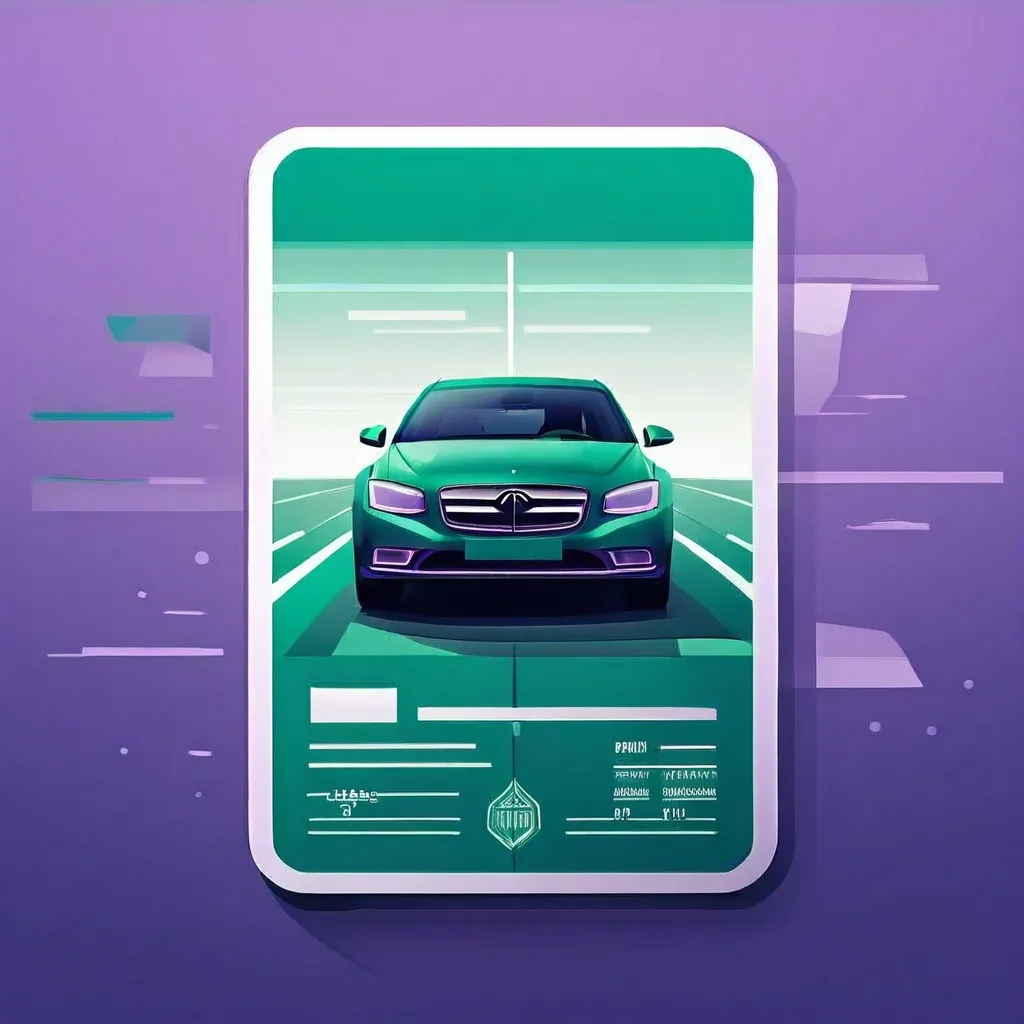
This article explains the serious traffic violations in the Netherlands that can result in immediate licence suspension or severe penalties, as handled by the CJIB. Gaining this knowledge is vital for your CBR theory exam, as it highlights critical driving behaviours and their legal ramifications. It ensures you are fully aware of the consequences of major offenses, preparing you for scenarios that test your understanding of Dutch traffic law and road safety.
Driving Law, Penalties, and Enforcement
Learn how the subtle tilt of Dutch roads, known as camber, plays a significant role in your driving experience and safety. This article breaks down how road camber affects vehicle handling, particularly when cornering and in adverse weather, and why understanding this phenomenon is important for passing your Dutch driving theory test.
Driving Conditions and Environments
Navigate the complexities of traffic fines and the penalty point system in the Netherlands with this essential guide. Learn how violations translate into penalty points, what the critical 'one penalty point' rule means for your licence, and how the CJIB handles enforcement. This knowledge is key to safe driving and succeeding in your Dutch theory exam.
Driving Law, Penalties, and Enforcement
Navigate the complexities of Dutch traffic signs by clearly distinguishing between triangular warning signs and round mandatory signs. This article explains the specific shapes, colours, and behavioural implications of each type, directly addressing a common pitfall tested in the CBR theory exam. Understanding this fundamental difference is crucial for safe driving and exam success in the Netherlands.
Traffic Signs and Road Markings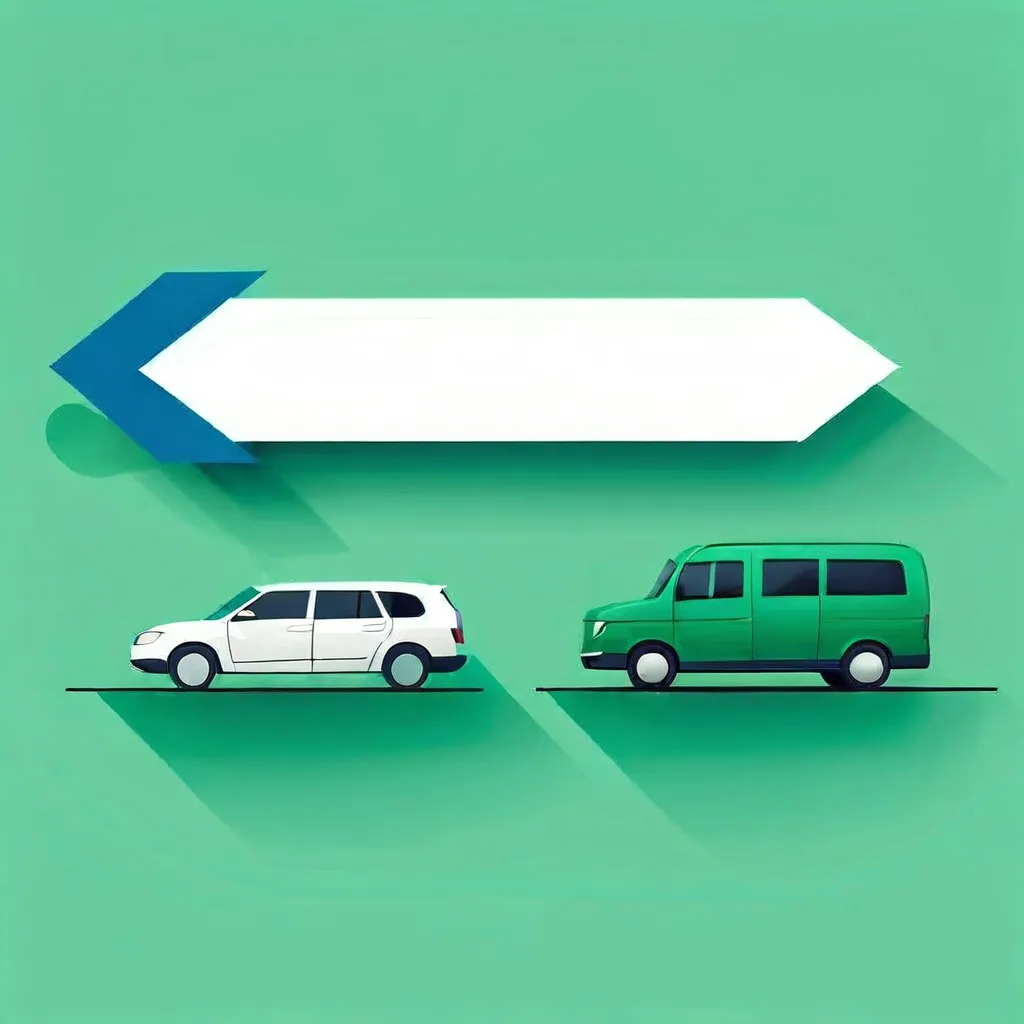
Learn the essential rules for navigating narrow roads in the Netherlands, including when and how to use passing places. This article clarifies priority situations, such as yielding to uphill traffic and providing space for cyclists and pedestrians, equipping you with the knowledge needed for safe driving and success in your CBR theory exam.
Priority, Right of Way, and Interactions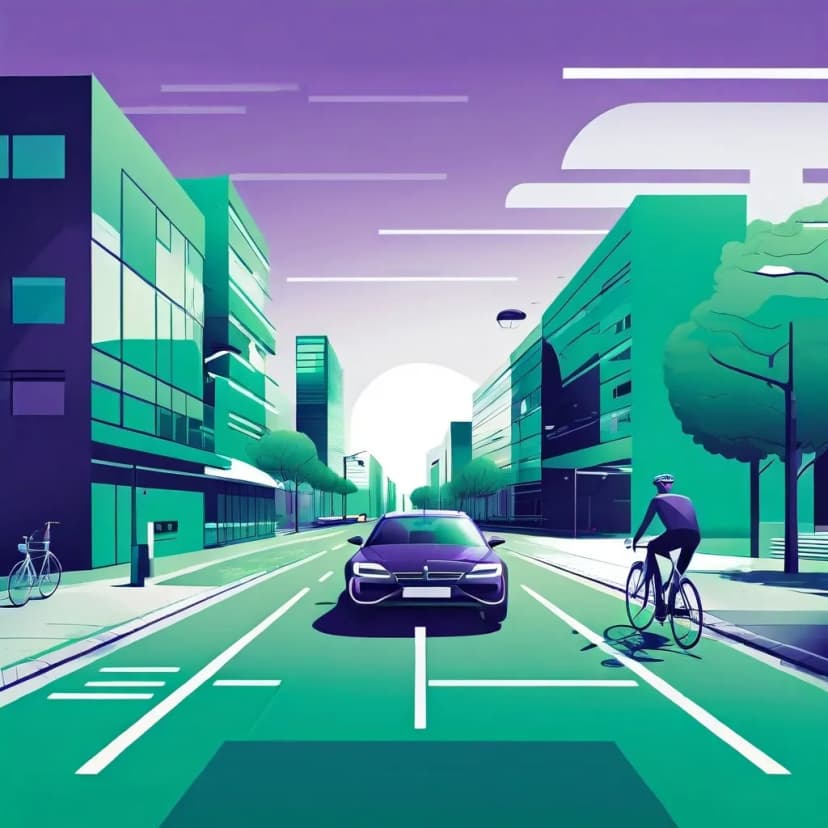
Learn critical techniques for approaching junctions where visibility is poor, a common challenge in the Netherlands and a key focus for the CBR theory exam. This guide details how to enhance your observation, control your speed effectively, and correctly apply Dutch priority rules when encountering unexpected road users, such as cyclists obscured by vegetation or hidden from view.
Driving Rules and Regulations
When visibility is poor at junctions, drivers must adopt specific behaviours to ensure safety and comply with Dutch traffic laws. This article explains why reducing speed, performing thorough observations, and being prepared to stop are paramount. Mastering these anticipation techniques is vital for success in the CBR theory exam and for preventing dangerous situations on the road.
Safety, Awareness, and Risk Management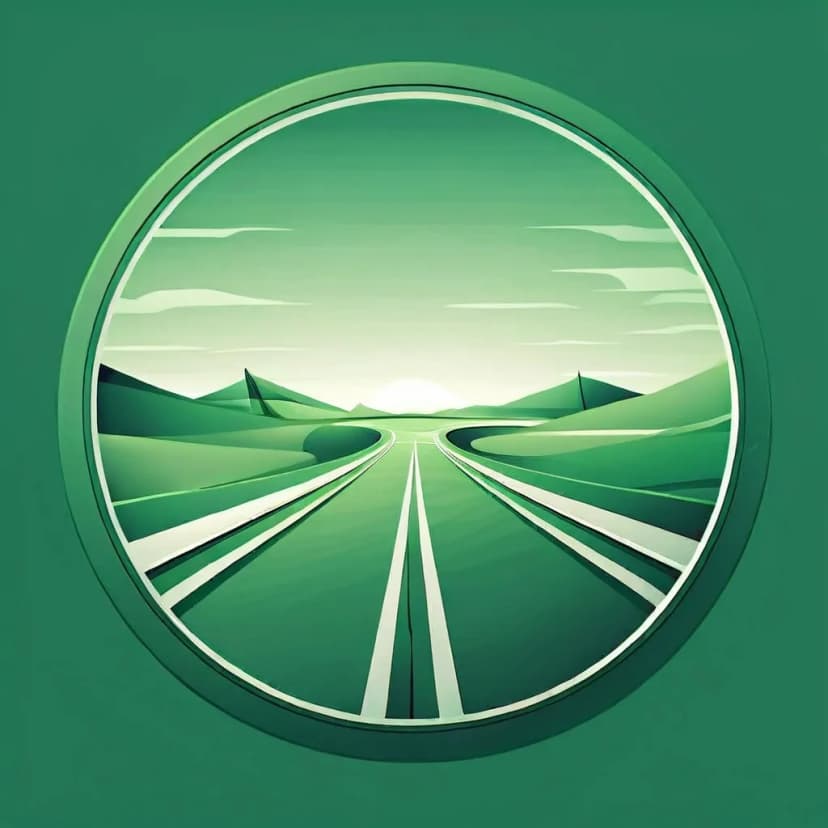
Learn how anticipation and defensive driving are fundamental to safe road use in the Netherlands, directly impacting your CBR theory exam performance. This guide delves into understanding and predicting the actions of other road users, helping you navigate complex traffic situations and avoid potential hazards with confidence.
Safety, Awareness, and Risk Management
Learn how to navigate the Netherlands' busy roads safely by understanding cooperative driving techniques essential for interacting with cyclists and motorcyclists. This guide covers key behaviours, including how to pass safely and the importance of shoulder checking, preparing you for both your theory exam and real-world driving.
Road Users and Shared Road Safety
Learn the critical principles of lane discipline and zipper merging as applied in the Netherlands, vital for both safe driving and the CBR theory exam. This guide explains how adhering to the 'keep to the right' rule and adopting cooperative merging techniques helps maintain traffic flow and prevent dangerous situations.
Driving Behaviour and Best Practices
Navigating Dutch roads requires understanding various traffic signs, including those that offer advice rather than impose strict rules. This article focuses on advisory lane guidance signs, explaining their purpose and crucially, why they are non-binding. Mastering this distinction is essential for safe driving and for successfully passing your CBR theory exam, where accurately assessing driver obligation is key.
Traffic Signs and Road Markings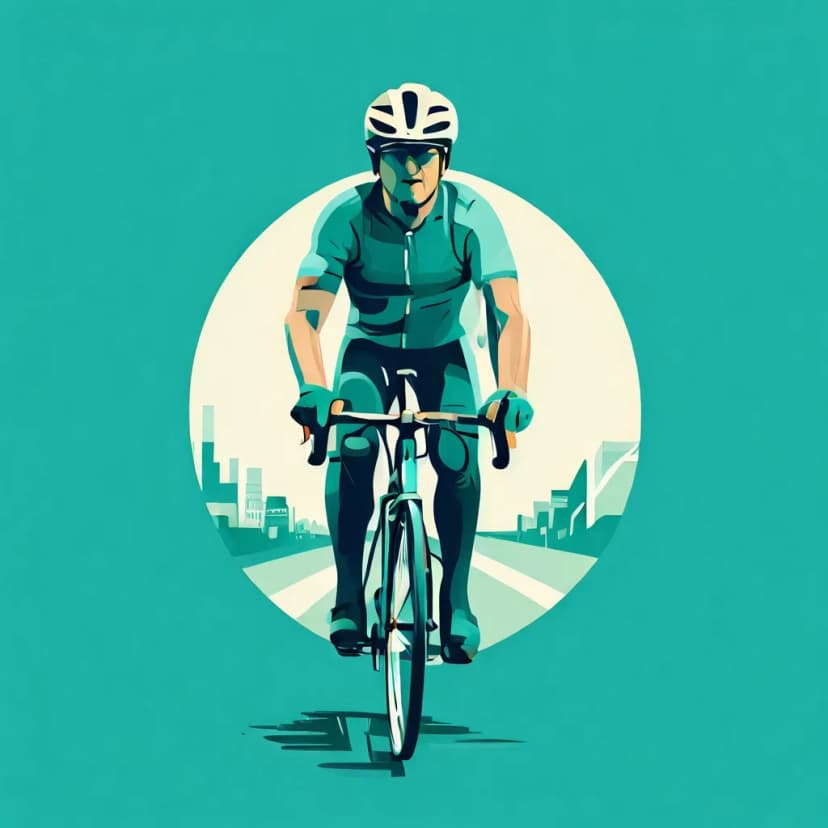
While the Dutch theory exam covers traffic laws, safe driving also hinges on attitude and anticipation. This article delves into the core principles of social and cooperative driving, as outlined by the 'Kapstokartikel,' explaining how being considerate and proactive enhances road safety and traffic flow in the Netherlands. Prepare for your exam by understanding the nuances of defensive driving and helpful road behaviour.
Driving Behaviour and Best Practices
On Dutch roads, distinguishing between lane signs that advise and those that mandate is crucial for compliant driving and passing your CBR theory exam. This article breaks down what advisory lane arrows and mandatory lane signs legally require, helping you navigate complex intersections and junctions with confidence and accuracy.
Traffic Signs and Road Markings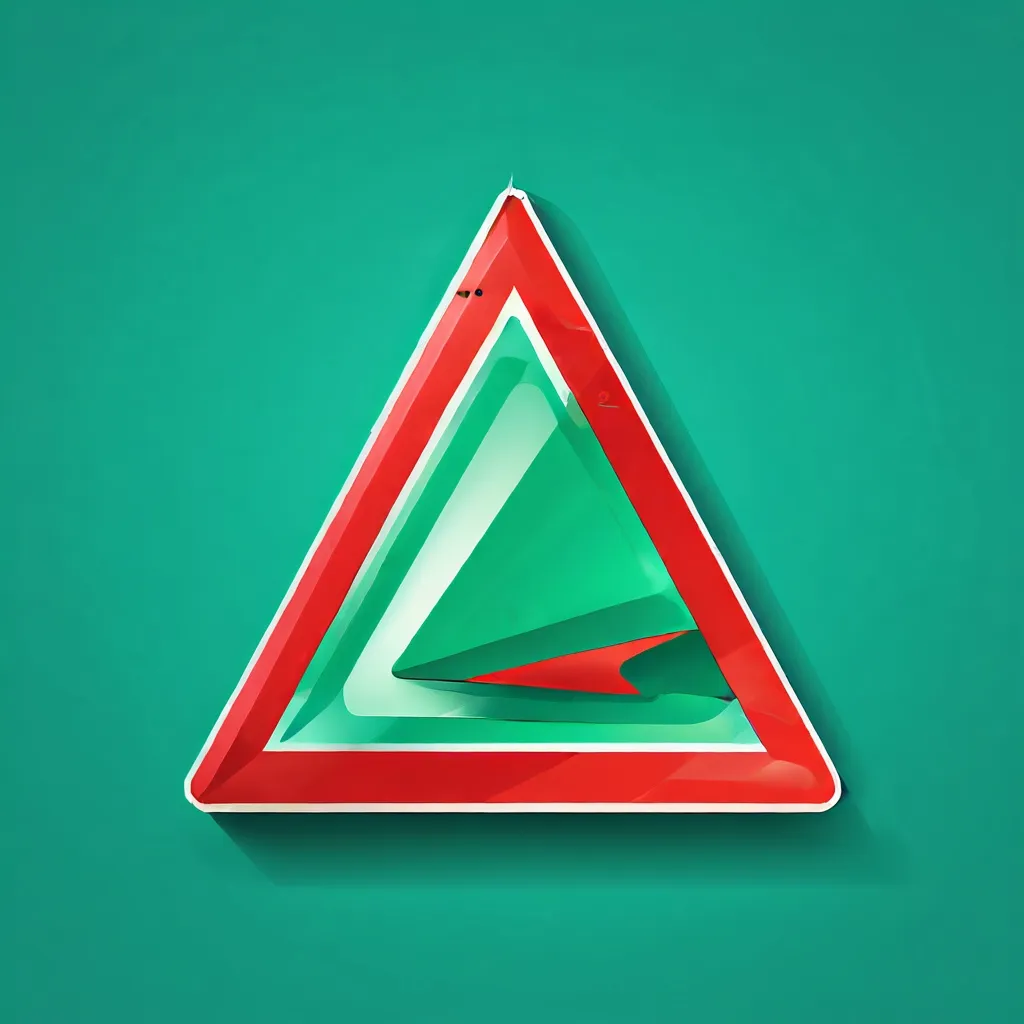
The CBR hazard perception test requires more than just reacting to immediate threats; it assesses your ability to anticipate and prepare for potential risks. This article explains specific situations, such as approaching bends or pedestrian crossings, where the Dutch traffic rules mandate a reduction in speed, regardless of whether danger is currently visible. Mastering these principles is key to demonstrating safe driving behaviour and passing your theory exam.
Speeds, Distance, and Vehicle Control
Learn precisely when and how far you must stop when approaching railway barriers in the Netherlands, a key topic for your CBR theory exam. This article details the legal requirements, focusing on the significance of flashing red lights and red flags as stop signals, ensuring you drive safely and correctly at level crossings.
Driving Rules and RegulationsStudy through a clean curriculum divided into easy lessons, supported by accurate definitions and practical examples. Every unit explains the logic behind the rules and shows how they apply in real situations on the roads of Netherlands. This approach helps learners understand the driving theory deeply so they feel prepared and confident when facing the official requirements in the Netherlands.